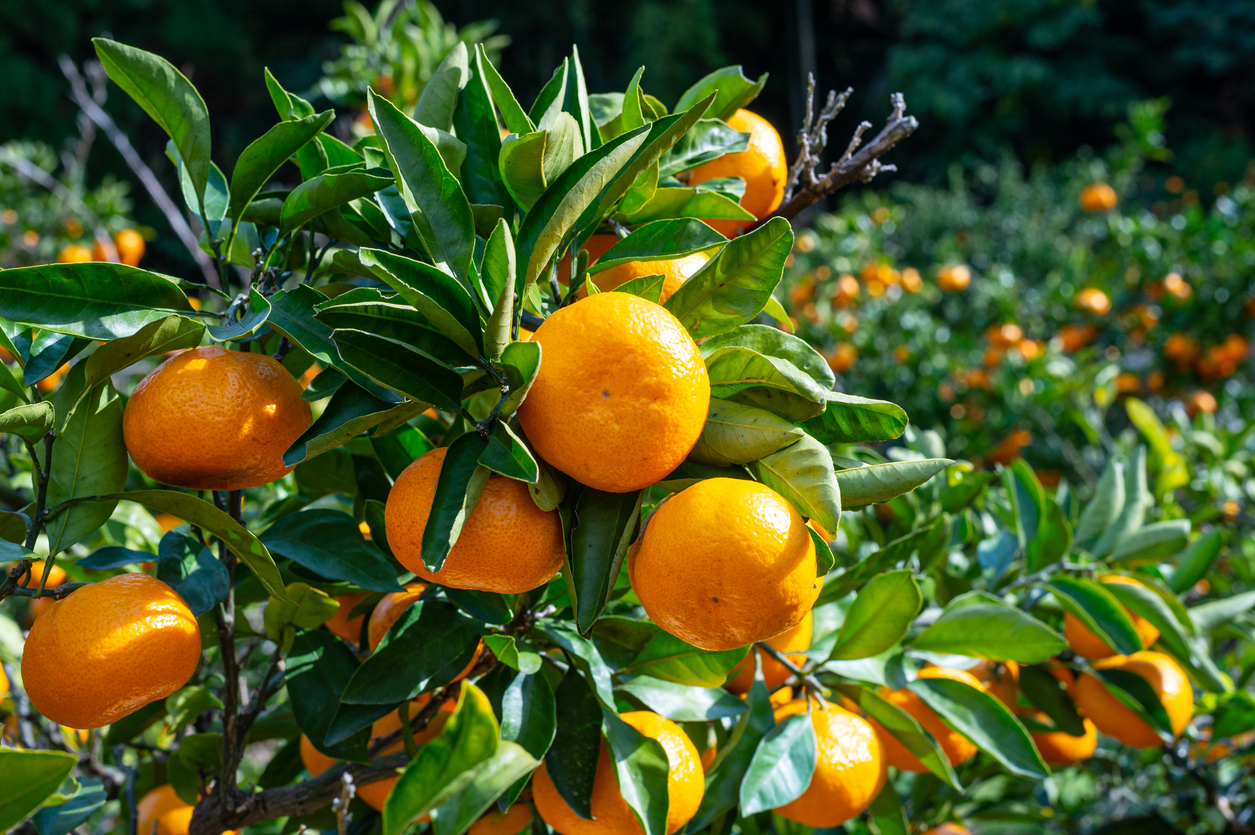Agriculture & Natural Resources
Heard County does not currently have an ANR Agent.
For more ANR (Agriculture and Natural Resources) information, please feel free to contact our neighboring counties:
Carroll County call 770-836-8546
Coweta County call 770-254-2620
Below are some of UGA Extension's most broadly useful resources for those involved in agriculture on the farm, in schools, and around the home.
Production Agriculture




Home & Garden











